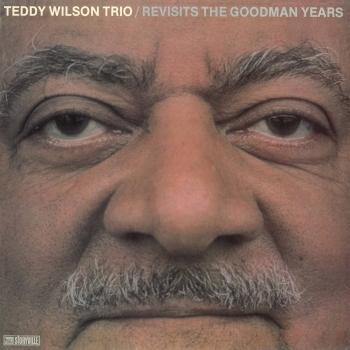Teddy Wilson Trio
Biographie Teddy Wilson Trio
Teddy Wilson
was one of the swing era's finest pianists, a follower of Earl Hines' distinctive "trumpetstyle" piano playing. Wilson forged his own unique approach from Hines' influence, as well as from the styles of Art Tatum and Fats Waller. He was a truly orchestral pianist who engaged the complete range of his instrument, and he did it all in a slightly restrained, wholly dignified manner at the keyboard.
Raised in Tuskegee, Alabama, Wilson studied piano at nearby Talladega College for a short time. Among his first professional experiences were Chicago stints in the bands of Jimmie Noone and Louis Armstrong. In 1933, he moved to New York to join Benny Carter's band known as the Chocolate Dandies, and made records with the Willie Bryant band during 1934-35. In 1936, he became a member of Benny Goodman's regular trio, which included drummer Gene Krupa, and remained until 1939, participating on a number of Goodman's small group recordings. Wilson was the first African- American musician to work with Goodman, one of the first bandleaders to integrate a jazz band. Wilson later appeared as himself in the cinematic treatment of The Benny Goodman Story.
During his time with Goodman, Wilson made some of his first recordings as a leader. These records featured such greats as Lester Young, Billie Holiday, Lena Horne, and Ella Fitzgerald. Wilson's arrangements with Holiday in particular constitute some of the singer's finest work, mostly due to Wilson's ability to find the right sound to complement Holiday's voice and singing style.
Following his Goodman days, Wilson led his own big band for a short time, but most of his work came with his own small groups, particularly a sextet that played regularly at the famous Cafe Society in New York. In 1946, he was a staff musician at CBS Radio, and also conducted his own music school. During the early 1950s, he taught at the Juilliard School, one of the first jazz musicians to do so. Wilson's relationship with Goodman was his most noted, and was an ongoing factor in his work. He was part of Goodman's storied Soviet tour in 1962, and continued to work occasional festival gigs with the clarinetist. (arts.gov)












